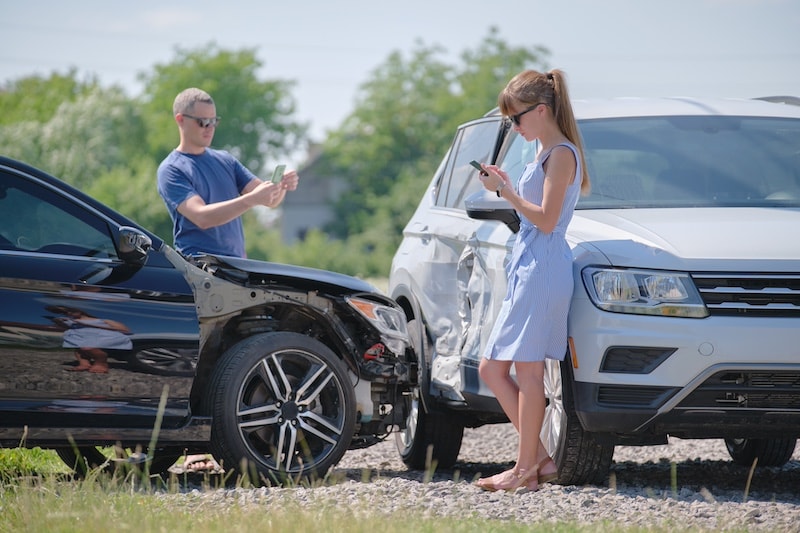
Car accidents can be overwhelming, leaving you with not only a damaged vehicle but also a sense of uncertainty about the next steps. At Cool Springs Collision Center in Franklin, Tennessee, we understand the stress and confusion that follow a collision. To help you navigate this challenging time, we’ve put together a comprehensive guide on inspecting your car after an accident. Ensuring your safety and identifying hidden issues are paramount, so here are five crucial tips to get you started.
1. Immediate Safety Check
Before diving into a detailed inspection, prioritize safety:
-
Check for Injuries: First and foremost, ensure everyone involved in the accident is safe. Attend to any injuries promptly and seek medical assistance if necessary. Your health and the well-being of others come first.
-
Move Your Vehicle Safely: If your car is drivable and the accident is minor, move it to the side of the road to avoid further incidents. Use hazard lights and set up flares or reflective triangles for visibility. For severe crashes or if there are serious injuries, it’s best to leave the vehicles where they are and wait for emergency responders.
2. Visible Damage Assessment
After ensuring safety, inspect your car for visible damage:
-
Frame and Body: Look for crumpled frames, broken glass, or any dangling parts. Significant damage to the frame and body can compromise the structural integrity and safety of your vehicle.
-
Fluid Leaks: Check under your car for oil, coolant, or brake fluid leaks. Leaking fluids can affect performance and safety. If you notice any leaks, it’s best not to drive the vehicle until it’s been inspected and repaired by a professional.
3. Airbags and Safety Systems
Safety features are critical in protecting you during a collision. Inspect these components carefully:
-
Airbags: If your airbags deployed during the accident, it indicates a significant impact, and your car needs a professional inspection. Airbags don’t deploy without a reason, and they play a crucial role in your safety.
-
Seatbelts and Restraints: Ensure that seatbelts and other restraints are intact and functioning correctly. Damaged seatbelts won’t provide the proper protection in the event of another incident.
4. Suspension and Alignment
Your car’s stability and alignment are essential for safe driving:
-
Steering: If your car pulls to one side or feels unstable, it could indicate misaligned wheels or damaged suspension. These issues can affect steering and overall safety, so avoid driving the vehicle until it’s checked by a professional.
-
Alignment Check: Drive slowly in a straight line to see if your car veers off to one side. Misalignment can be subtle but dangerous if not addressed promptly.
5. Under the Hood Inspection
A thorough inspection under the hood can reveal hidden damages:
-
Engine Compartment: Look for visible damage, loose parts, or leaks. Check hoses, belts, and fluid levels to ensure everything is in order.
-
Cooling System: Ensure the radiator and cooling system are intact. An overheated engine can cause serious issues, so it’s crucial to address any cooling system problems immediately.
When in Doubt, Consult the Experts
At Cool Springs Collision Center, your safety is our top priority. If you’re unsure about any aspect of your car’s condition after an accident, it’s always best to consult a mechanic or collision repair specialist. Proper inspection and timely repairs not only ensure your well-being but also prevent further damage to your vehicle.
Why Choose Cool Springs Collision Center?
Located in Franklin, Tennessee, Cool Springs Collision Center is dedicated to providing top-notch collision repair services. Our team of experienced professionals uses the latest technology to restore your vehicle to its pre-accident condition. We understand the importance of trust and transparency, and we’re here to guide you through every step of the repair process.
